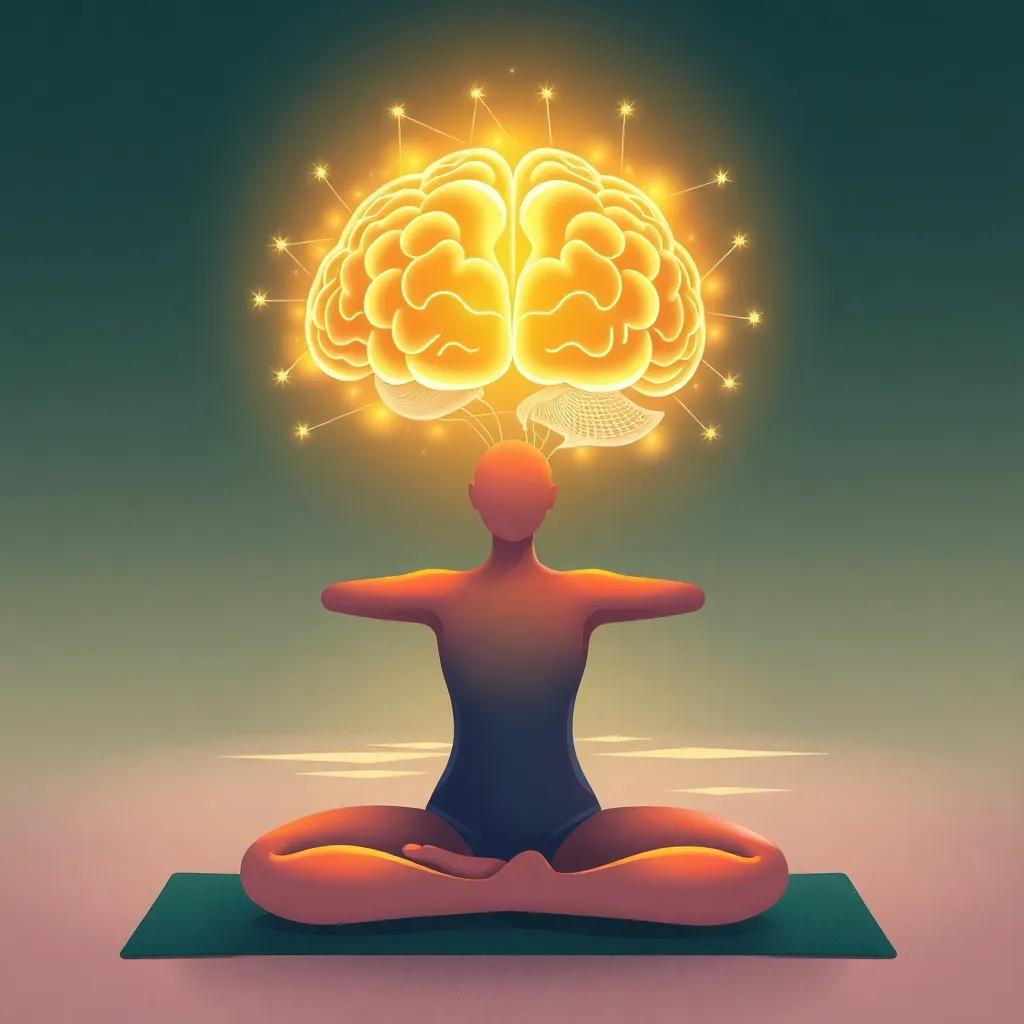Evidence-based yoga sequences designed to lower blood pressure through neuroplastic changes, with step-by-step protocols and scientific backing.
Discover how specific yoga sequences can rewire your brain to reduce stress and lower blood pressure, backed by neuroscience.
Introduction to Neuroplastic Yoga
Neuroplasticity, the brain’s ability to reorganize itself by forming new neural connections, is at the heart of yoga’s benefits for hypertensive patients. Recent studies have shown that specific yoga sequences can significantly reduce blood pressure by altering brain structure and function.
How Yoga Affects the Brain
Research published in the Journal of Neuroscience
(2022) demonstrates that yoga practices like Child’s Pose
and Legs-Up-the-Wall
can reduce amygdala reactivity, the brain’s fear center, while enhancing vagal tone, which promotes relaxation.
Step-by-Step Yoga Protocols
Here are three evidence-based sequences for different times of the day:
Morning Sequence
Start with Sun Salutations
to awaken the body, followed by Cat-Cow
stretches to stimulate the vagus nerve.
Afternoon Sequence
Focus on seated poses like Seated Forward Bend
to calm the mind and lower blood pressure.
Evening Sequence
End the day with restorative poses like Corpse Pose
to promote deep relaxation and neuroplastic changes.
Scientific Evidence
A study in Frontiers in Human Neuroscience
(2021) found that 8 weeks of yoga practice led to increased gray matter in the prefrontal cortex, associated with better stress management.
30-Day Challenge Plan
Download our checklist to progressively incorporate these sequences into your daily routine, with modifications for all fitness levels.




